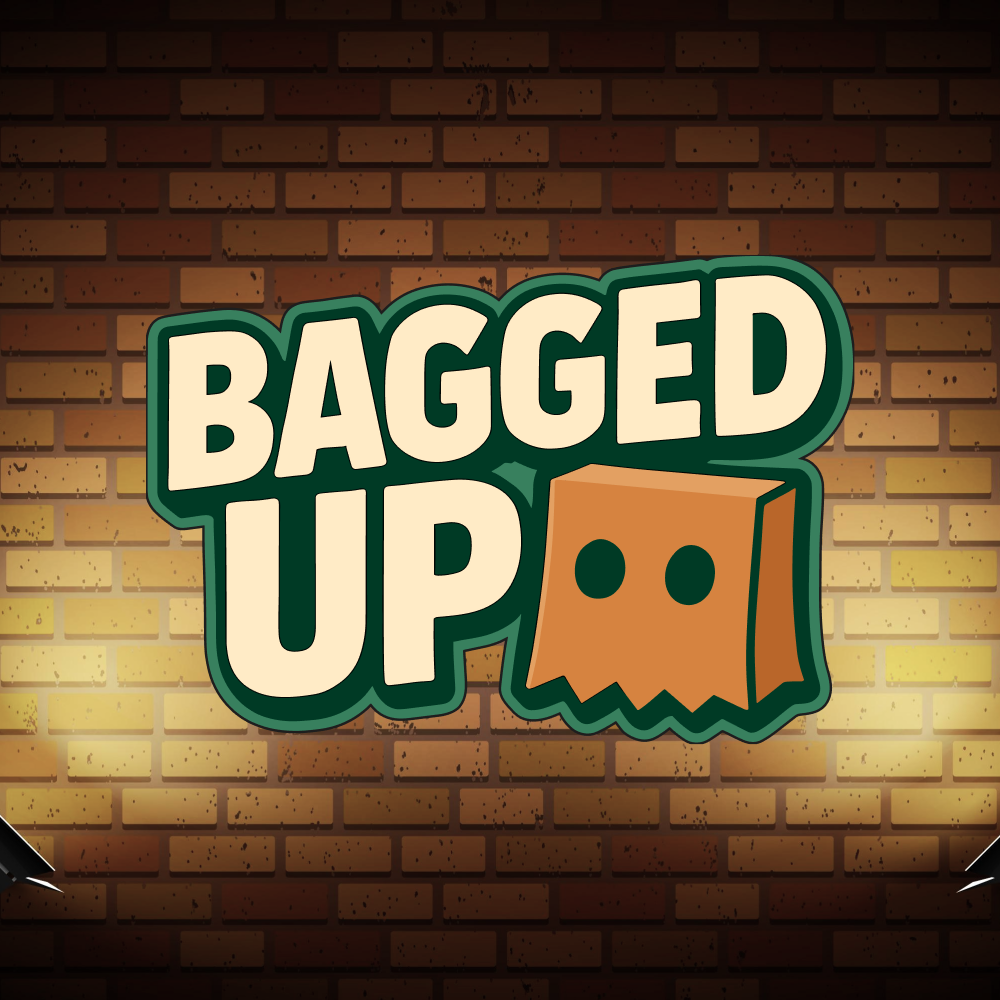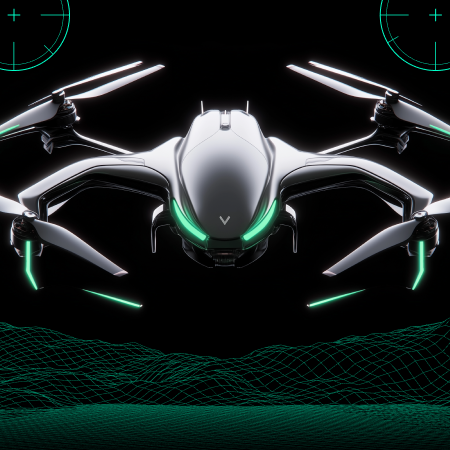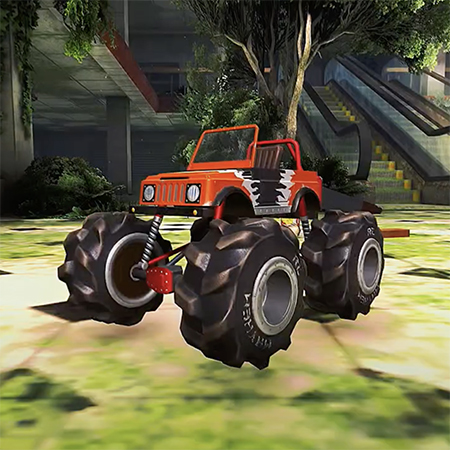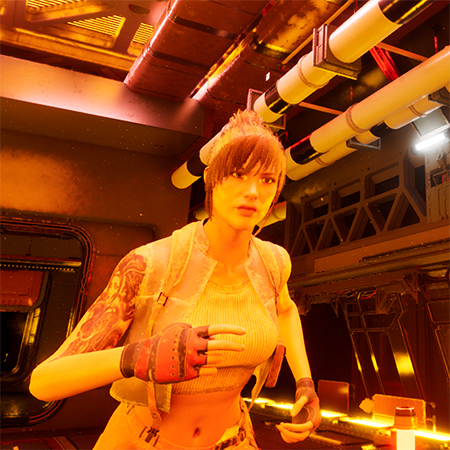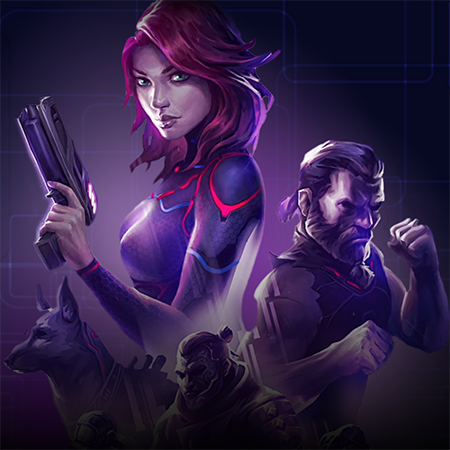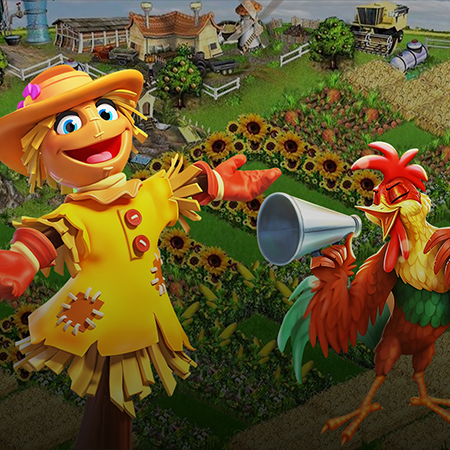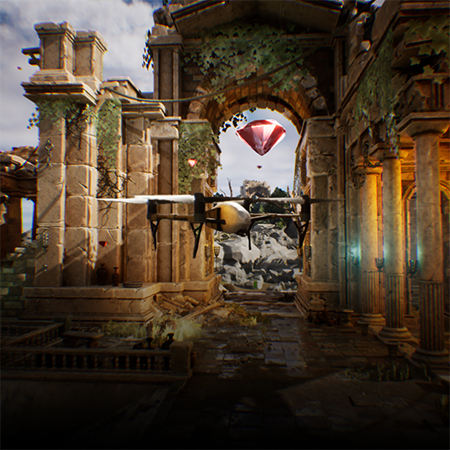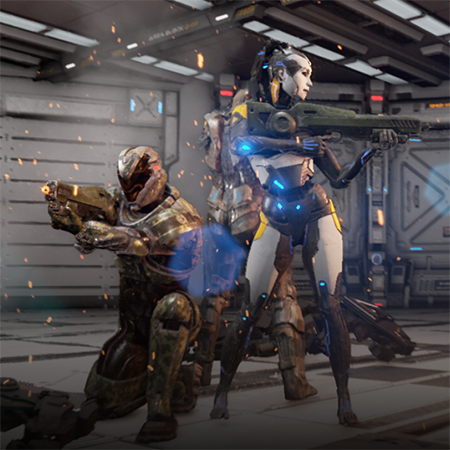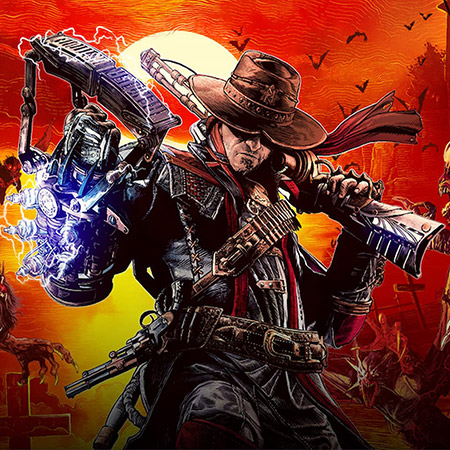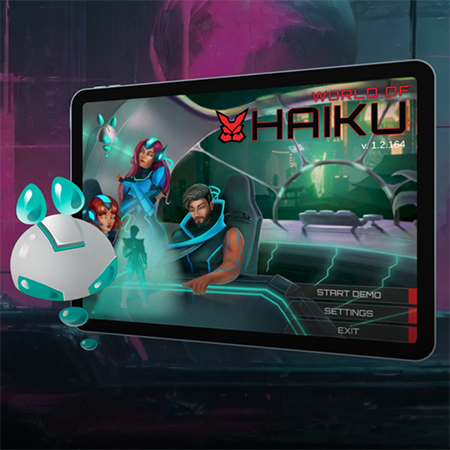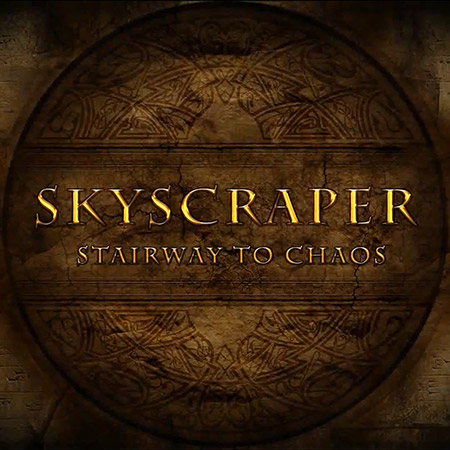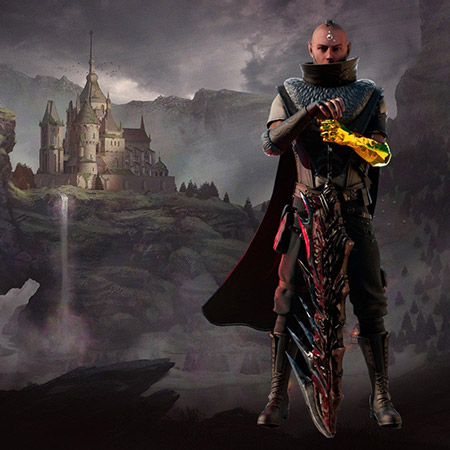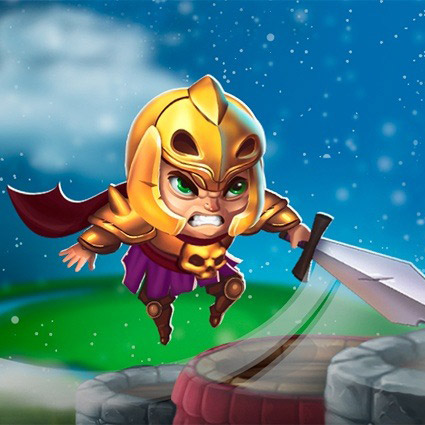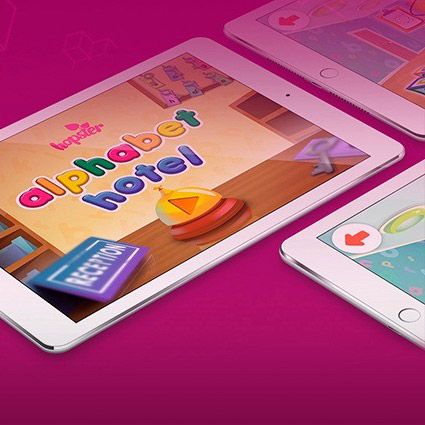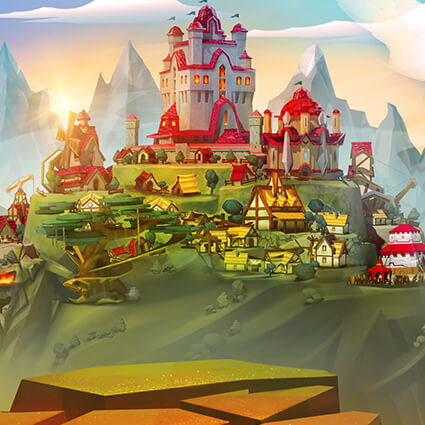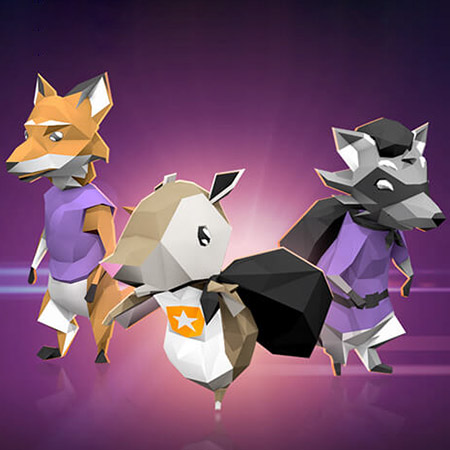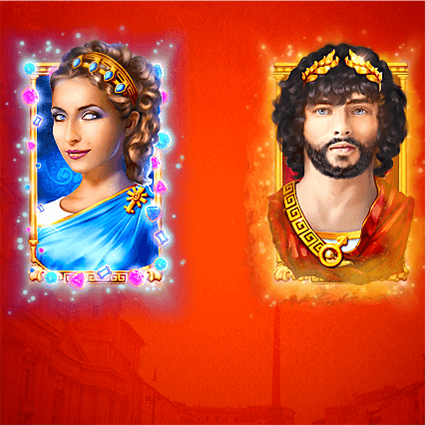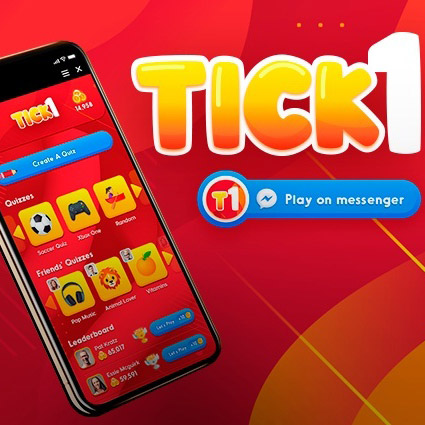Dare to imagine a world of artistry where the stroke of a digital brush sets off an interstellar war. Welcome to the intricate kingdom of video game weapon design, a dimension where creativity marries technology to forge an unforgettable arsenal. It is here that a humble sketch blooms into the bane of pixelated foes, a well-crafted sword strikes down a monstrous villain, or an ultra-modern blaster pivots the fate of a sprawling sci-fi saga.
As a game art outsourcing studio, we believe that these weapons, your on-screen champions, should hold stories within their steel and circuitry as well as become characters in their own right, narrating tales of valor and victory. In essence, the design of every weapon is a thoughtful process, defining the game's tone and enhancing player engagement.
So, whether you are a budding designer or a veteran developer, we invite you to join us on this electrifying journey of discovery and creation. We'll guide you through the labyrinth of aesthetics, functionality, and emotion that form the triadic heart of immersive weapon design in the gaming universe. Buckle up, and welcome to your masterclass in designing gaming armament.
Unraveling the Influence of Game Weapon Design on Gameplay
At the heart of every high-stakes video game, you'll find an array of meticulously crafted weapons acting as the vanguard of player strategy and progression. Indeed, the practice of designing weapon game arsenals goes far beyond aesthetics — it sets the course for an engaging, immersive game design experience. Let's dissect the profound impact this has on gameplay:
Diverse strategic scenarios. A well-designed game weapon can create a multitude of strategic scenarios. It not only expands the gameplay mechanics but also determines player engagement and adaptability, allowing them to approach combat scenarios with various tactical methods.
Improved character customization. Character customization, a significant aspect of player immersion, is directly linked to the weapon design. Weapons often carry attributes that align with character skills and roles, enabling a deeper, more personalized gaming experience.
Pacing and progression. Weapon design can also influence a game's pacing. The introduction of increasingly powerful weaponry or new mechanics can signify progression, providing a sense of accomplishment that keeps players invested.
Immersion and connection. Weapons play a crucial role in creating an immersive environment. A warrior's ancient blade or a space marine's energy rifle, when designed aptly, becomes an extension of the character's identity, strengthening the connection between the player and avatar.
To say that weapon design is vital would be an understatement — it's foundational. As a custom game development company, our commitment is to shape weapons that are not just tools of destruction but also narrators of a gamer's journey, tangible reflections of their decisions, victories, and losses. Engaging in such detailed design endeavors is not a detour from the route to commercial success but, rather, the path itself.
Weapons and Their Impact on Gameplay
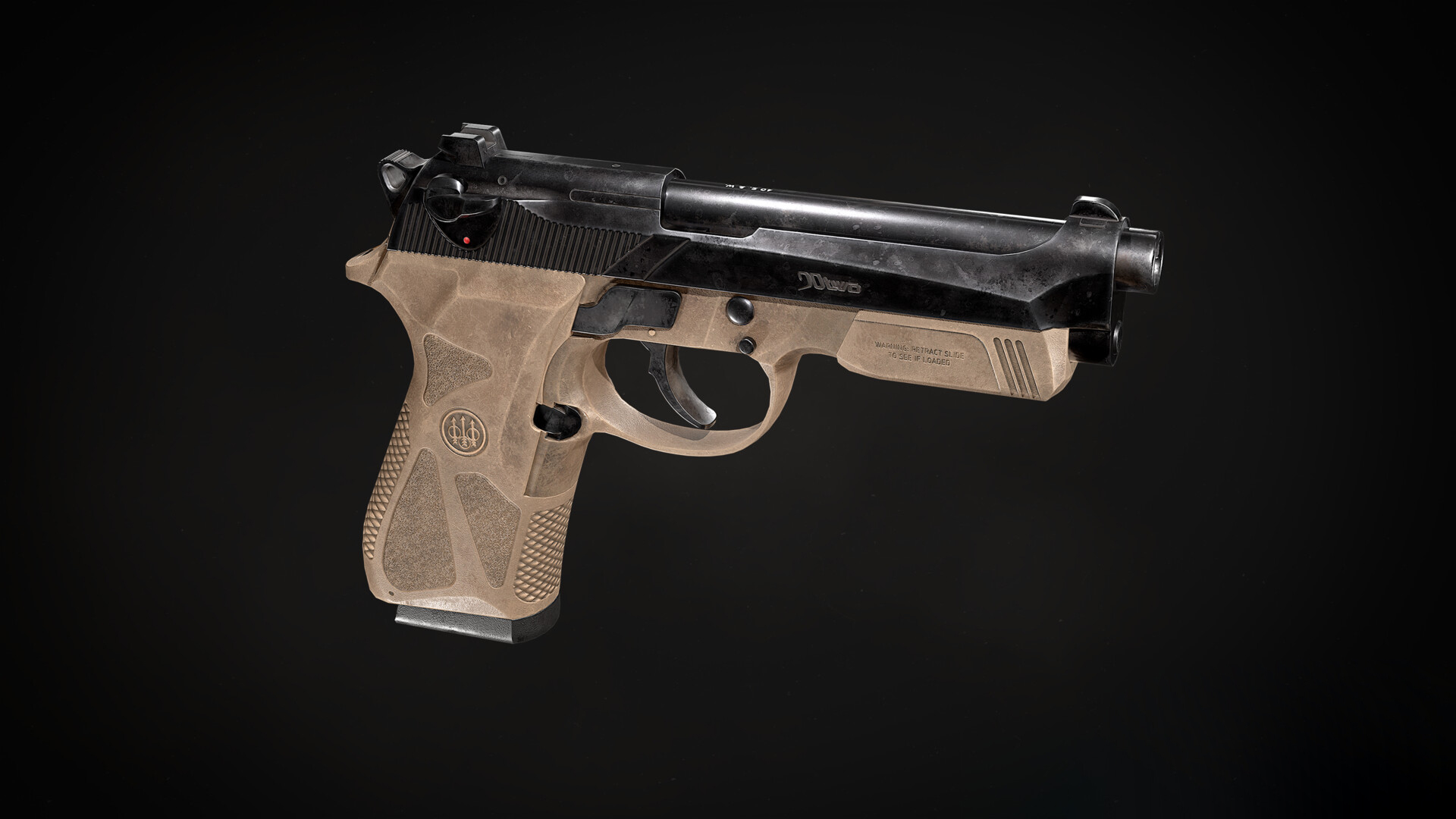
In gaming, the right weapon design can make a world of difference. Weapons shape the game's mechanics and player strategies, providing depth to gameplay and fostering player immersion. Accordingly, thoughtful and innovative weapon design can become a major driver for a game's success and popularity among players.
One real-world example of this is the Gravity Gun from the Half-Life 2 game. A novel concept at its time of introduction, the Gravity Gun fundamentally altered the gameplay dynamic. By allowing players to manipulate in-game objects, this weapon enabled diverse puzzle-solving and combat scenarios, significantly enhancing player engagement.
Similarly, in Fortnite, Epic Games introduced a building mechanic in addition to the traditional arsenal. This mechanic acts like a strategic "weapon," providing players with a unique way to engage with the environment and opponents, leading to an unprecedented level of success. This innovative approach not only revolutionized gameplay but also demonstrated the vast possibilities that arise when the concept of a "weapon" is reimagined.
In the case of The Legend of Zelda: Breath of the Wild, weapon durability played a crucial role. This mechanic added an extra layer of complexity and strategy, requiring players to think twice before using their best weapons, as they could break and be lost forever. The same goes for the Dark Souls series, where you need to repair your weapons and armor.
These examples underline the integral role of weapons in gameplay. When crafting your arsenal, remember that each weapon isn't merely a tool — it's a catalyst for creating unique, memorable experiences that players will cherish. Therefore, investing time and resources into thoughtful weapon design can greatly enhance your game's appeal and longevity in the competitive market.
Why Weapon Variety Matters in Game Design
If game design were a symphony, weapons would undoubtedly be its most resonant notes, with each variant adding a distinct tone to the composition. A diverse arsenal is paramount in crafting an immersive game design that captivates and engages players. Here's why:
Enhanced player engagement. The opportunity to discover, master, and use various weapons keeps the gameplay exciting. Players get the chance to experiment with different combat styles, thereby fostering increased engagement.
Versatility in strategy. A varied weapon set offers players multiple approaches to overcome challenges. This versatility fosters strategic thinking, adding depth to the gameplay and making it more rewarding.
Progression and rewards. Weapon variety can be tied to player progression. Unlocking new, more powerful weapons as rewards for game advancement gives players a sense of accomplishment and a tangible mark of their progress.
In the endeavor to design weapon game arsenals, it's critical to remember that variety isn't just about quantity but also quality and relevance. Weapons should look different and offer distinct functionalities, reflecting the game's setting, storyline, and character abilities. A carefully curated and diverse arsenal can be a game-changer, transforming a good gaming experience into a truly unforgettable one.

The Interplay of Game Weapons and Character Design
When it comes to crafting compelling game narratives, few elements are as entwined as character design and weapon selection. The synergy between a character's persona and their chosen armament can significantly influence player engagement and the overall game level design. Let's explore this interplay with some compelling examples:
1. Link and the Master Sword — The Legend of Zelda Series
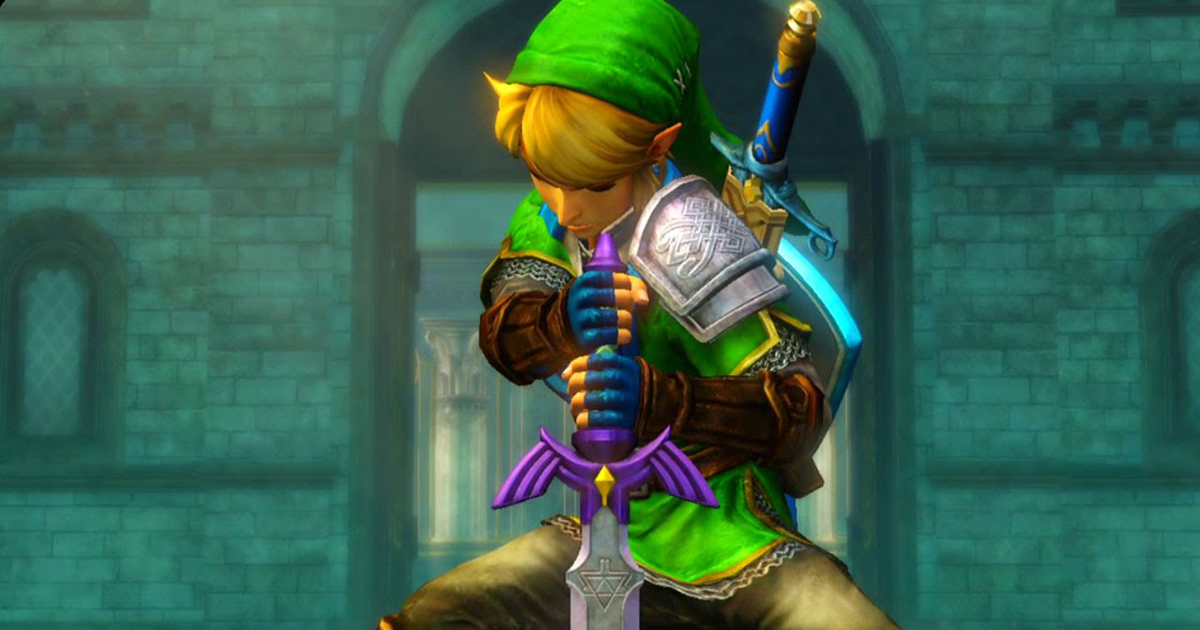
Again we are talking about The Legend of Zelda, but it’s worth it! Inextricably tied to the character of Link, the Master Sword's magical properties, such as its ability to banish evil, resonates with Link's heroic quest. The weapon doesn't just aid gameplay; it amplifies the narrative, reinforcing Link's role as the champion of Hyrule.
2. Kratos and the Leviathan Axe — God of War
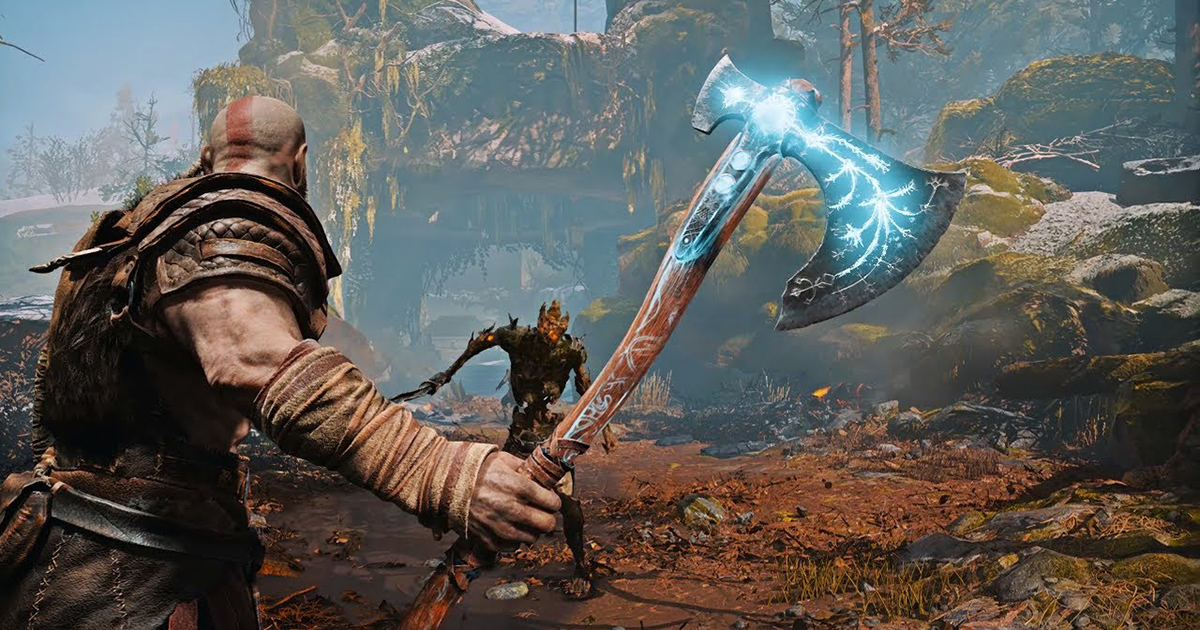
Kratos' Leviathan Axe is as multifaceted as the character itself. It serves as a combat weapon, a puzzle-solving tool, and a reminder of his journey. The Leviathan Axe is an extension of Kratos' persona, embodying his dual nature — warrior and father.
3. Samus Aran and the Arm Cannon — Metroid Series
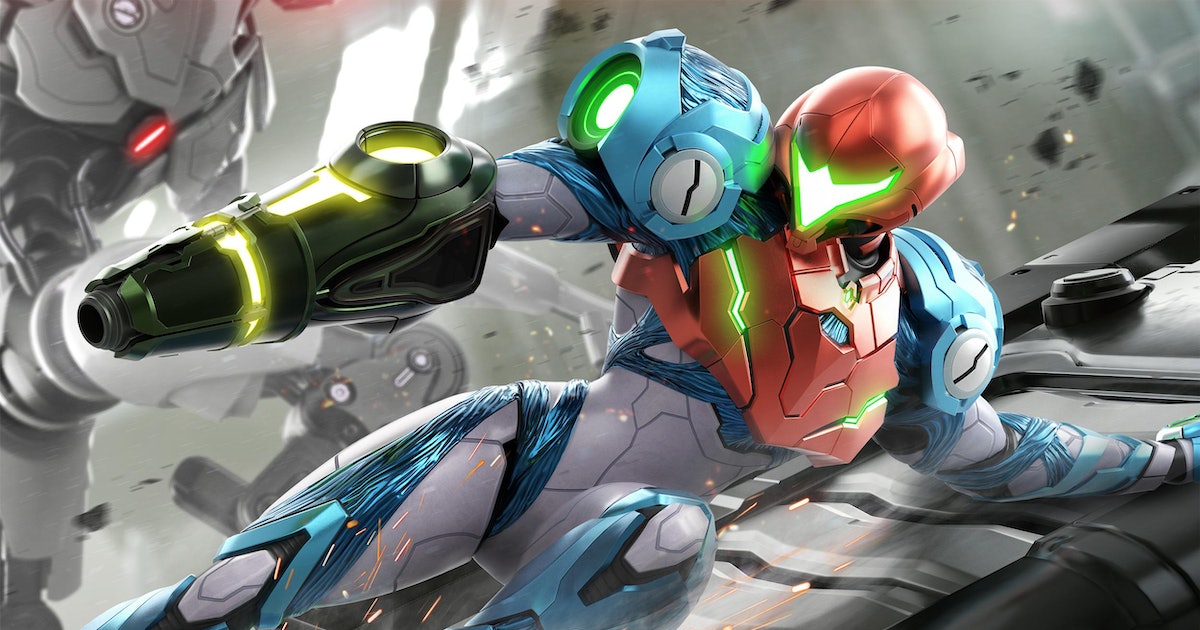
Samus' Arm Cannon, capable of shooting energy beams and missiles, is integral to her character. Its upgradable nature complements Samus' adaptability, making it not just a tool for defeating enemies but a critical component of exploration and progression.
These iconic pairings highlight the potential of merging weapon design with character development. As a game developer, the goal should be to ensure that every weapon carries a piece of the character's story, enhancing the narrative depth and contributing to a rich, immersive game world. This symbiotic relationship between weapon and character design can truly elevate your game's engagement and success in the fiercely competitive gaming market.
Realism Aspects and Their Impact on Game Weapons
The power of realism, integrated into weapon design, can substantially elevate gameplay depth within game development. Striking a balance between authenticity and playability can greatly enhance player immersion and satisfaction. Let's delve into how various realism aspects impact game weapons:
Realistic weapon behavior. Games like the Battlefield series have gained notoriety for their authentic weapon behavior. The realistic recoil patterns, bullet drop, and reloading times add a level of complexity and immersion that can engage players on a deeper level.
Historical accuracy. Titles such as Call of Duty: WWII prioritize historical accuracy, reproducing weapons from the era in painstaking detail. This fidelity not only heightens the realism but also offers an educational glimpse into history, thereby enriching the overall gaming experience.
Physical realism. In games like Half-Life: Alyx, the physical interaction with weapons (e.g., manually reloading a gun or pulling a grenade pin) leverages VR technology to provide an unprecedented level of realism.
Consider these real-world examples:
Battlefield 1 — DICE. The developers put great effort into replicating World War I weaponry, from their unique looks to their distinctive sounds and mechanics, contributing to a more immersive and authentic gameplay experience.
Red Dead Redemption 2 — Rockstar Games. The realistic weapon degradation system, where guns can get dirty and rusted, affecting their performance, added an additional layer of realism to the game's Wild West setting.
Realism in weapon design is not a one-size-fits-all solution — it should be adapted based on the game's overall vision and target audience. When done right, it can be a potent tool for creating memorable, immersive gaming experiences that resonate with players.
Game Weapon Design: The Art Behind the Scenes
Delving into the art of game weapon design reveals an intricate process that marries creativity, technical prowess, and strategic thinking. This step-by-step guide offers a glimpse into how game weapons are brought to life, providing insights that might inspire you when crafting your own unforgettable arsenal.
1. Conceptualization. This is the birthplace of every game weapon, where imagination reigns. Brainstorm weapon ideas that resonate with your game's universe, characters, and mechanics. Whether it's a futuristic energy rifle or a simple medieval sword, every weapon starts as a spark of inspiration.
2. Sketching and visual development. Once you have a weapon concept, it's time to sketch. Visual development is vital in bringing abstract ideas into a tangible form. The weapon's look should mirror its purpose and the game's overall aesthetic. It's about striking a balance between form and function.
3. 3D modeling. Following sketching, the next step is to transform your 2D design into a 3D model. 3D artists use software like Blender or Maya to give depth and volume to the weapon, making it ready for the next stage.
4. Texturing and shading. These processes give the weapon its visual appeal and authenticity. Texturing involves applying colors and patterns to the weapon's surface, while shading helps create the appearance of shadows and light, enhancing its realism.
5. Rigging and animation. Rigging assigns a "skeleton" to the 3D model, allowing it to move in a controlled manner. The animation then brings the weapon to life, giving it actions like swinging, recoiling, or exploding.
6. Implementing sound design. The right sound can make a weapon feel powerful and immersive. Sound designers work to create a unique audio signature for each weapon, considering aspects like firing, reloading, and impact sounds.
7. Balancing and playtesting. The last step involves adjusting the weapon's power, speed, and other characteristics to ensure balanced gameplay. Playtesting helps gather feedback and make necessary tweaks before the final release.
Let's look at some action items:
- Create a weapon design document. This document should detail the weapon's look, function, story, and role within the game.
- Develop a prototype. A simple 3D model can be enough to test how the weapon feels in the game environment.
- Feedback and iteration. Seek input from others and be prepared to revise your design.
- Ensure integration. The weapon should seamlessly fit into the game world, both visually and mechanically.
Weapon design is more than creating a tool for a player's in-game survival. It's a complex art form that requires a thoughtful approach to ensure each weapon enhances gameplay, contributes to the story, and brings excitement to the player's experience.
Try Out the Mastery of Game-Ace’s Weapon Design
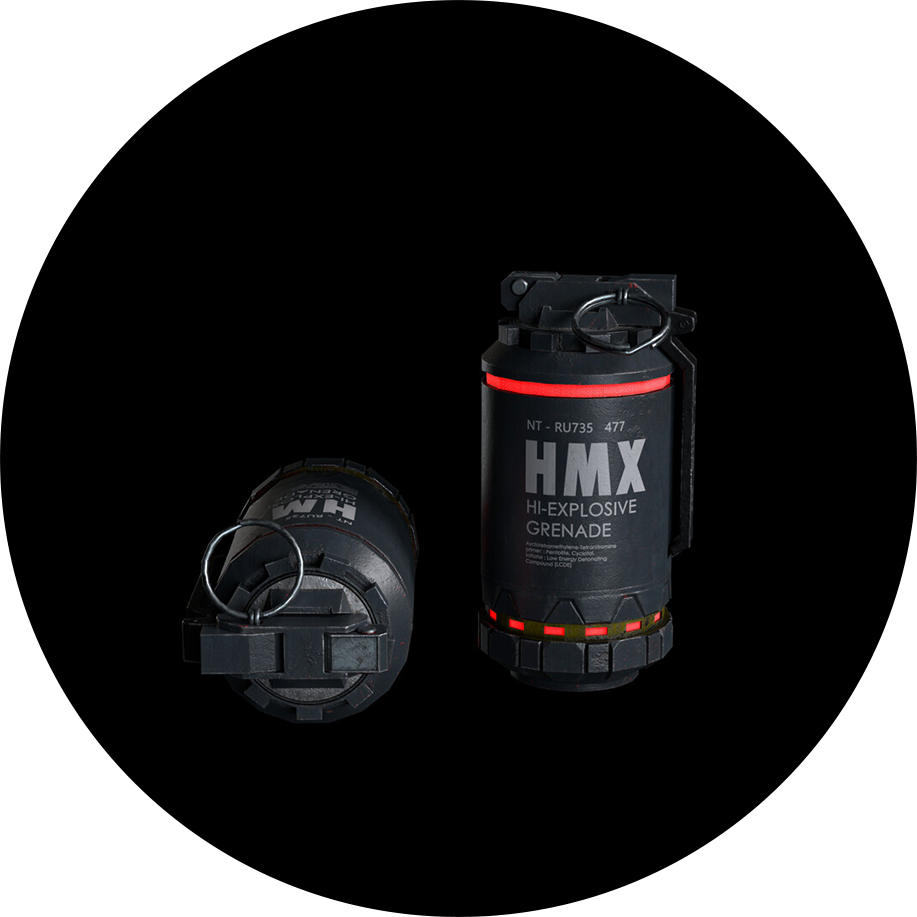
Crafting the perfect game weapon is a journey that demands both creative and technical expertise. As a premier custom game development company, Game-Ace offers a potent blend of these two crucial elements. Our team of skilled professionals is adept at transforming your ideas into high-quality, immersive game weapons that serve a function and tell a story.
We understand that memorable weapons can significantly enhance player engagement and shape your game's narrative, making it a standout in today's saturated gaming market. Our mastery in weapon design lies in our ability to balance visual appeal, functionality, and integration with the game's universe.
Your quest for unforgettable game weapons ends here. Take a decisive step forward in enhancing your game's arsenal. Contact us today at Game-Ace and experience the craftsmanship, precision, and dedication we bring to every project. Let's build unforgettable game weapons together.
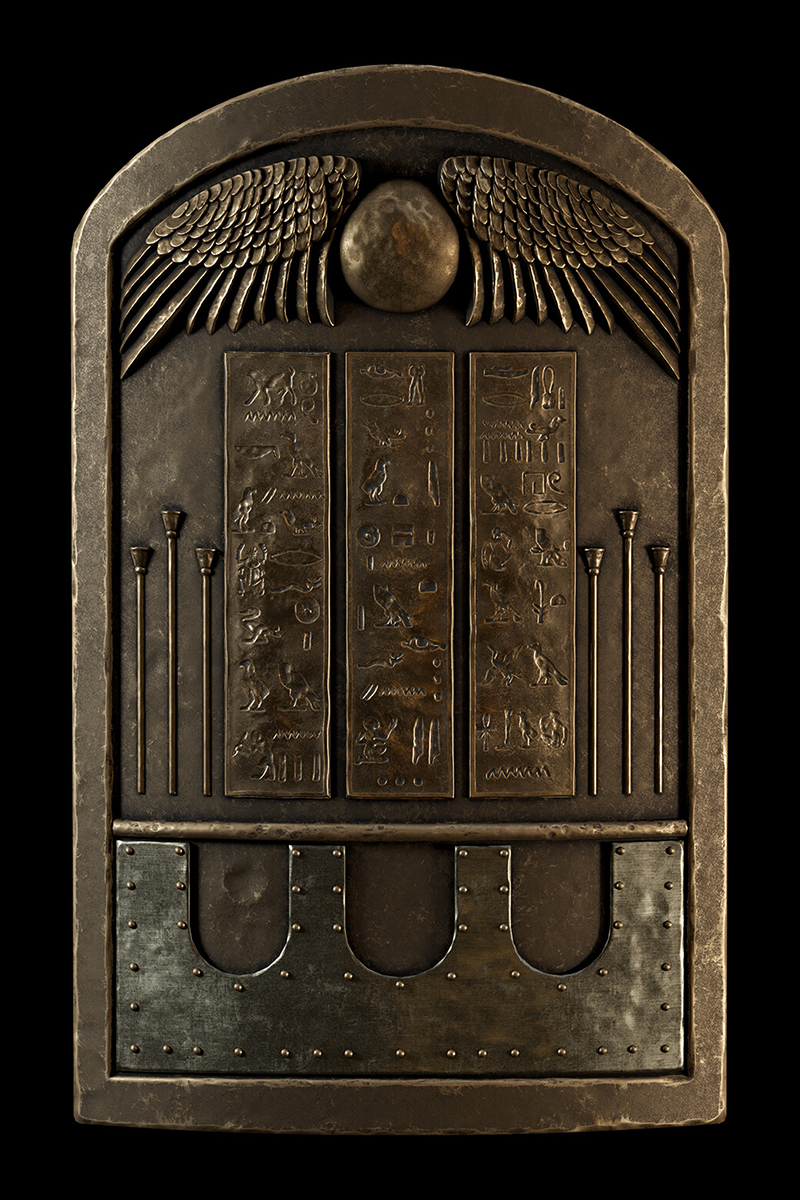
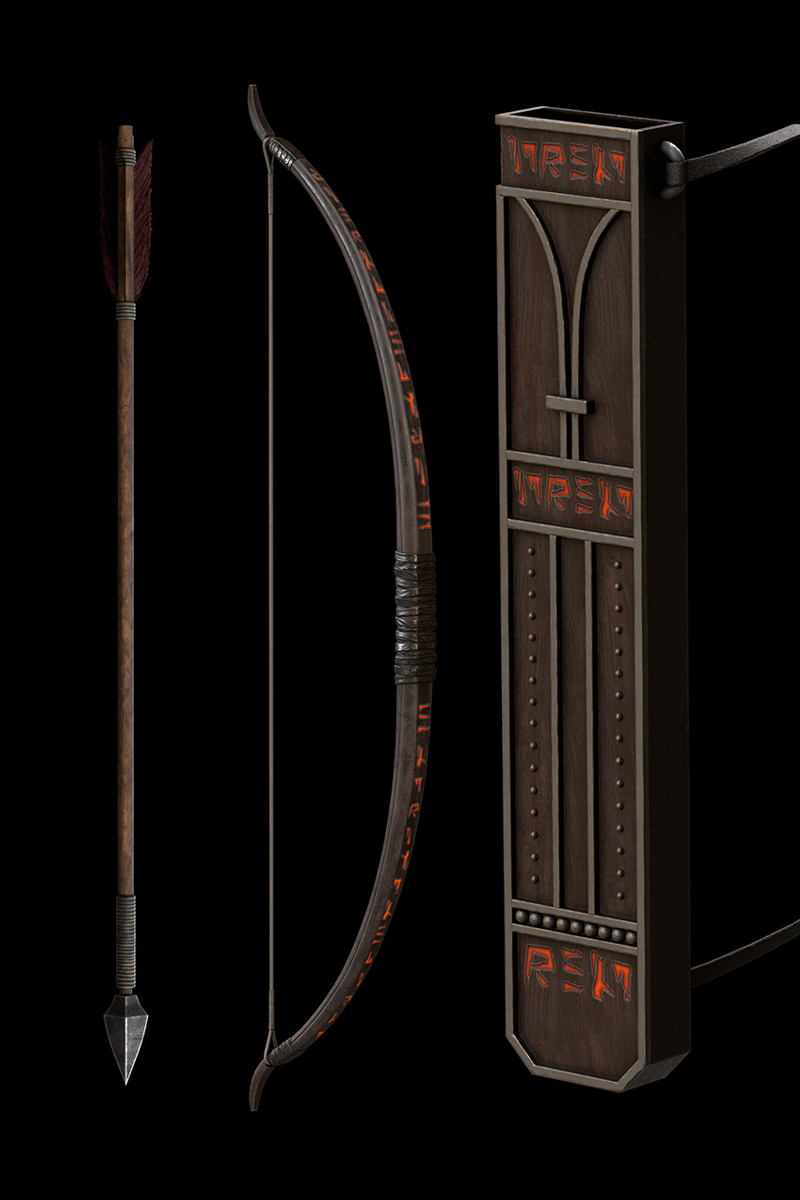
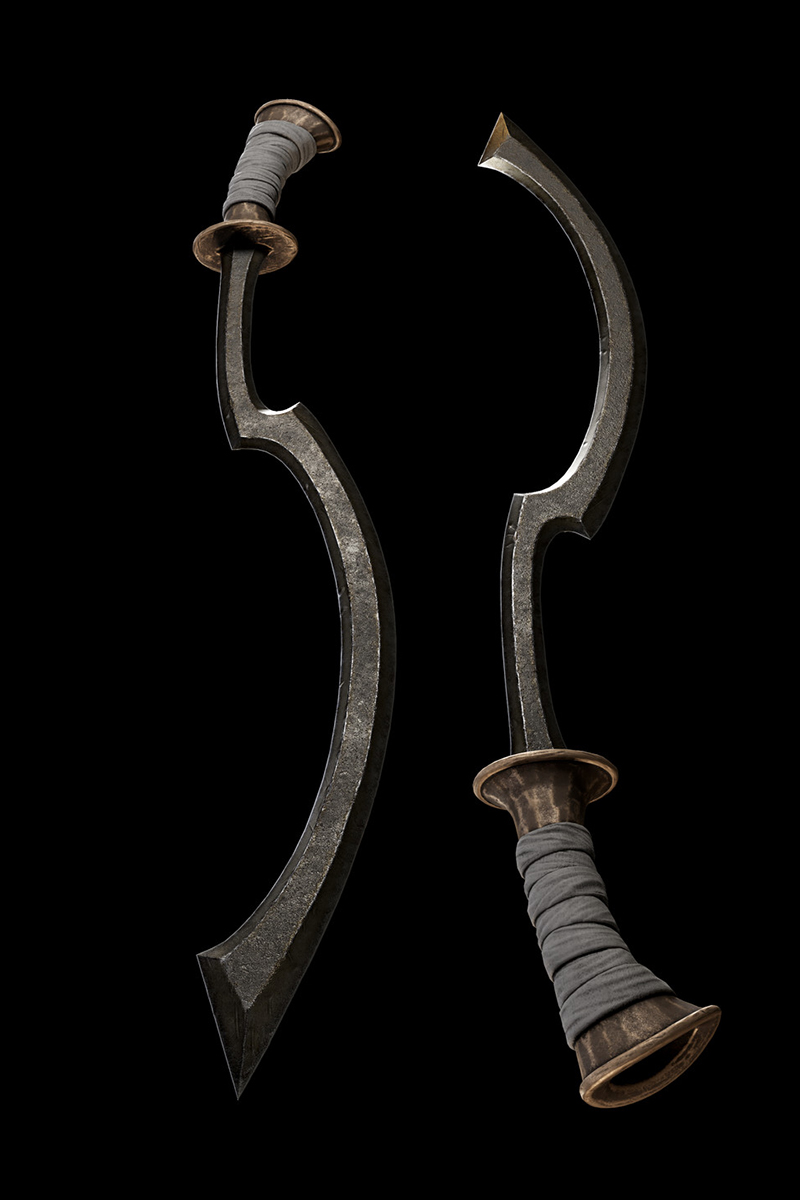
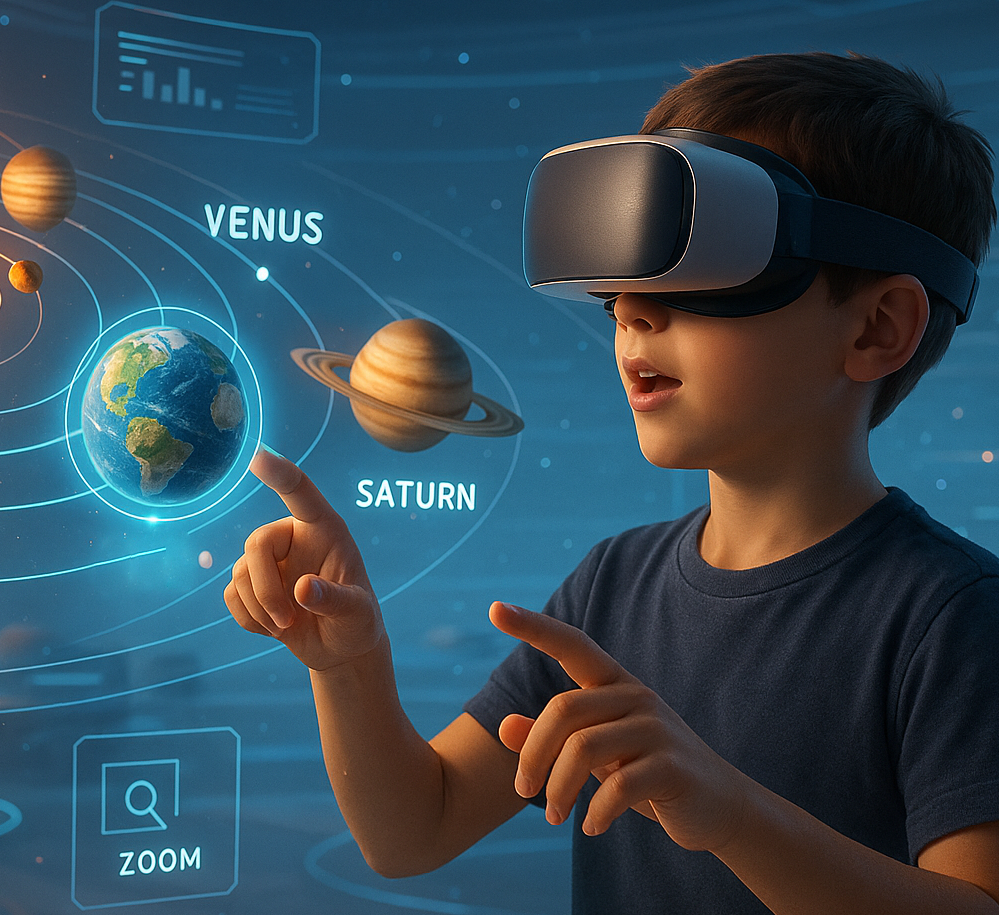 How to Design Learning Games That Teach Real-World Skills to Young Learners
How to Design Learning Games That Teach Real-World Skills to Young Learners 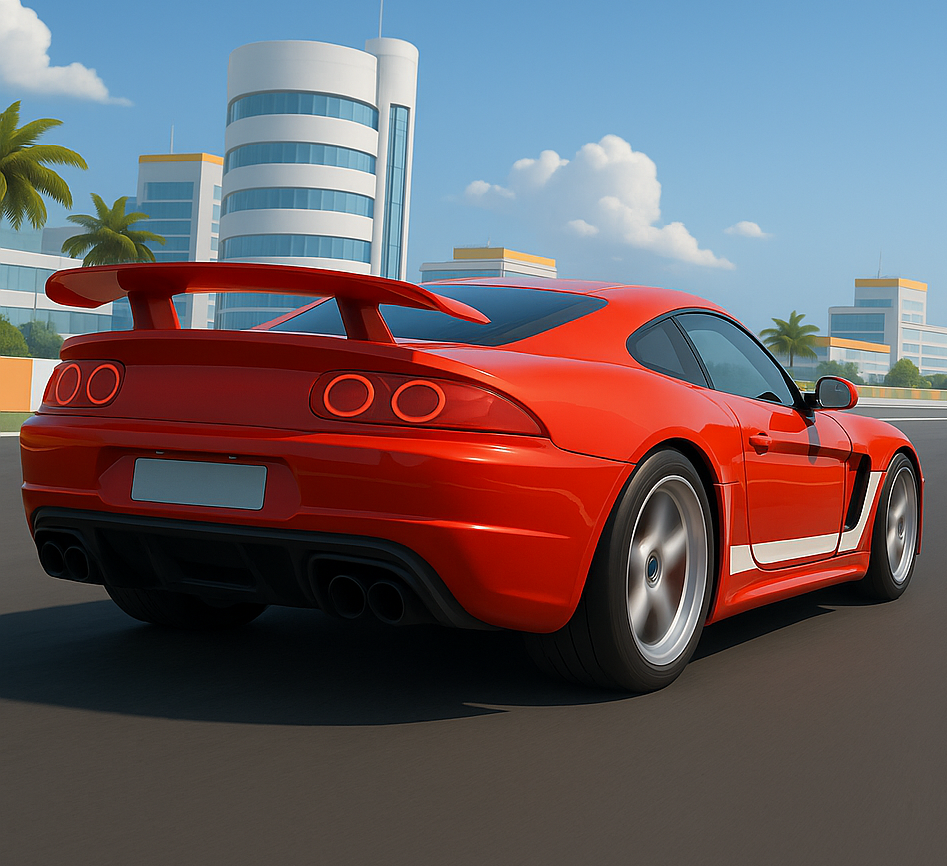 Behind the Beeps: How Arcade Game Design Still Shapes Interactive Entertainment
Behind the Beeps: How Arcade Game Design Still Shapes Interactive Entertainment 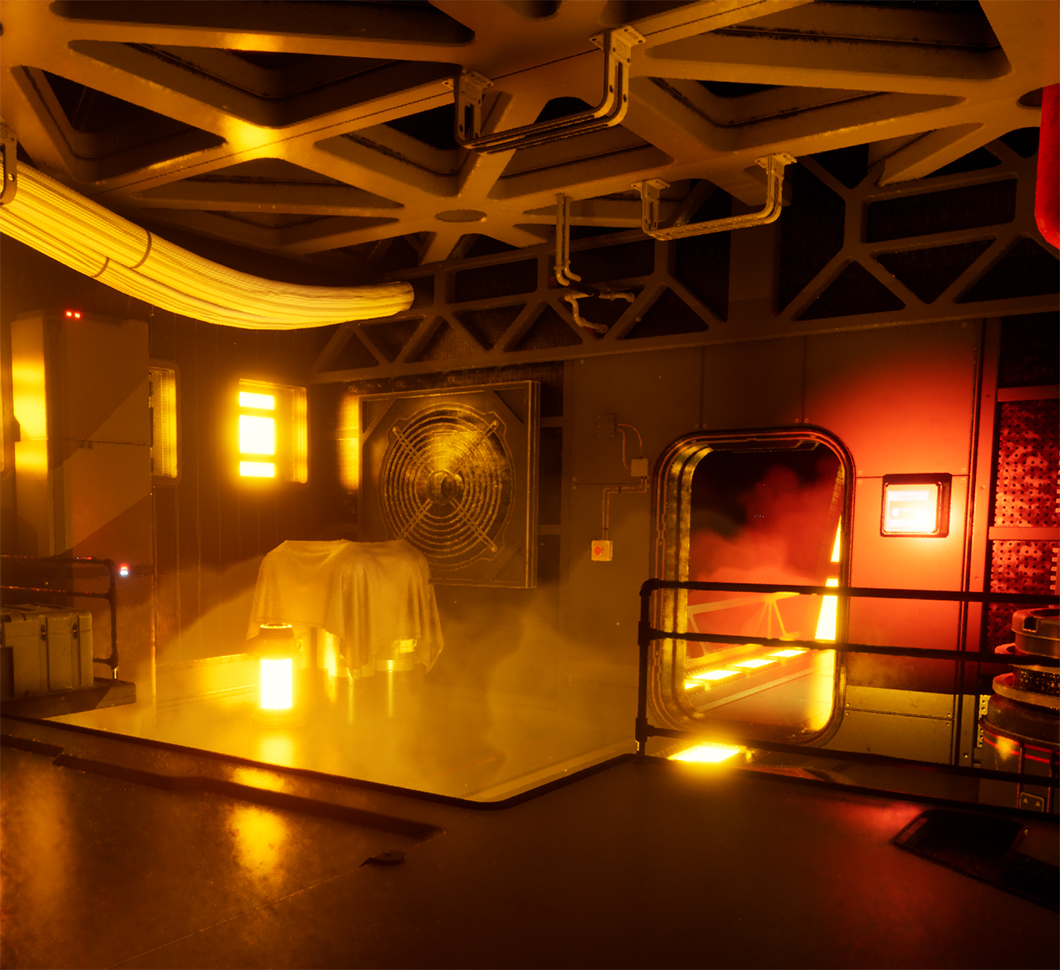 Crafting Immersive Worlds: The Power of Game Environment Design
Crafting Immersive Worlds: The Power of Game Environment Design 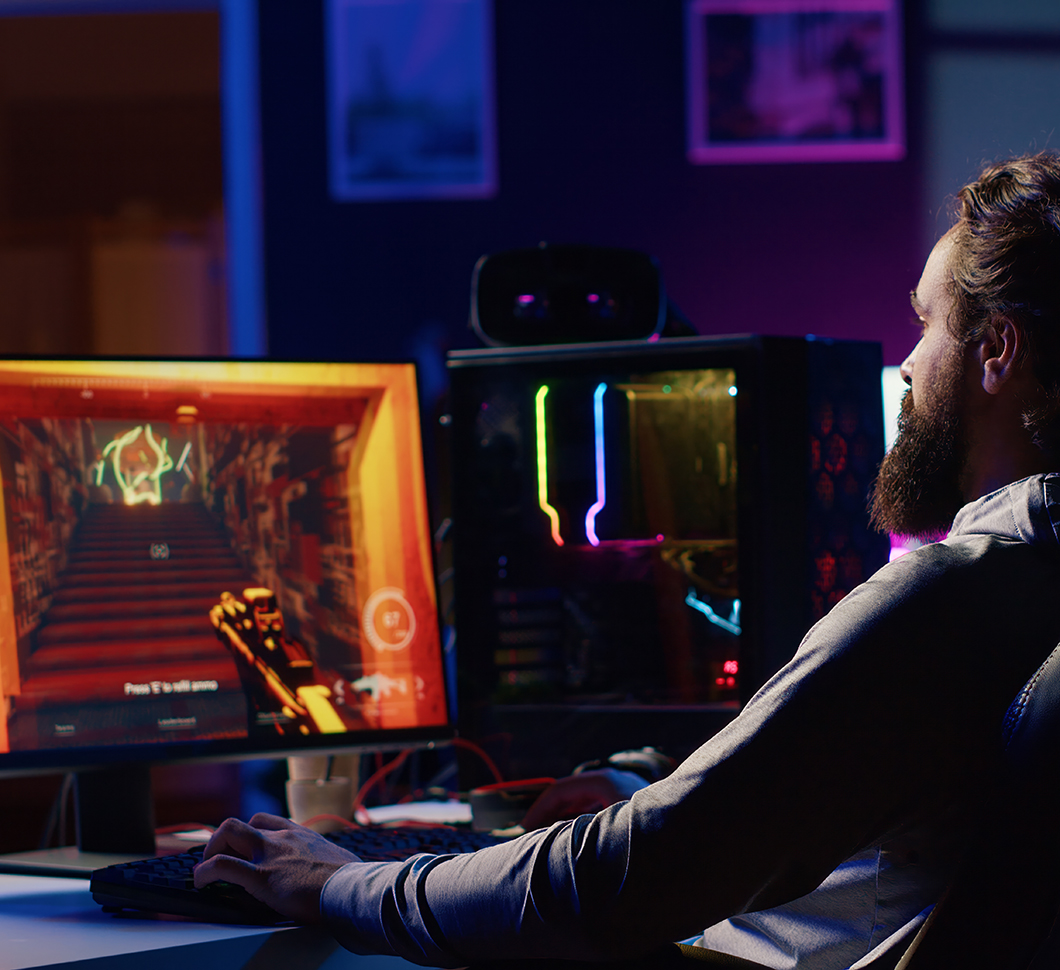 Mastering Narrative Game Design for Unforgettable Player Experiences
Mastering Narrative Game Design for Unforgettable Player Experiences 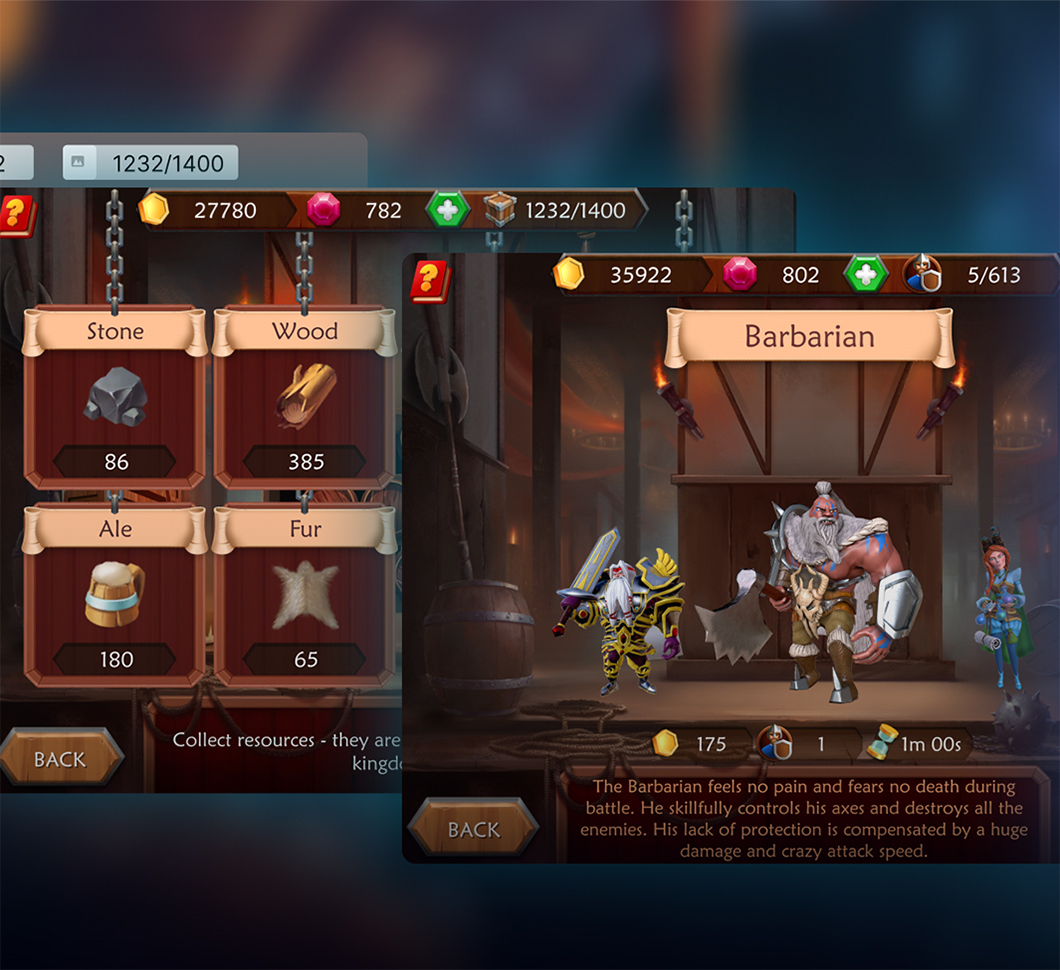 What Is Game UX? The Complete Guide for 2024
What Is Game UX? The Complete Guide for 2024 









